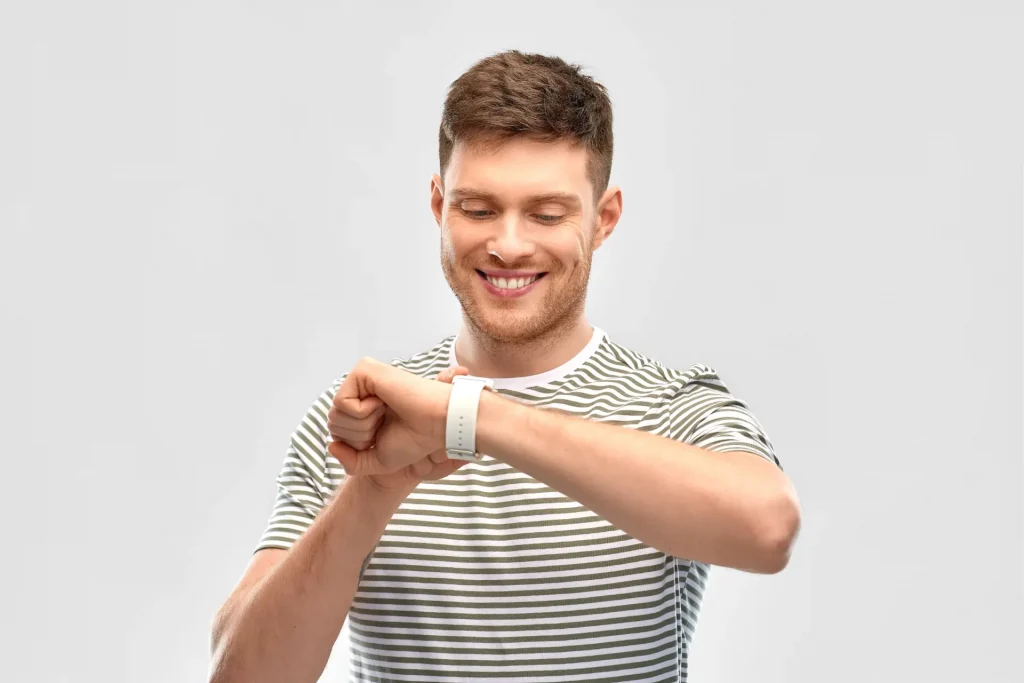
Clear aligners have seen a dramatic surge in popularity in recent years, and it isn’t hard to see why. They’re virtually invisible to the naked eye, removable, and easier to clean than traditional braces. But they’re not suitable for everyone. So how do you know if clear aligners are right (or wrong) for you?
Your Malocclusion May Be Too Severe
If You’re Looking For A Quick-Fix
Are Clear Aligners Right For Me?
Many factors contribute to the severity of your misaligned teeth, including tooth size, shape, angle, and position. In some cases, a patient's teeth may have rotated significantly, or tilted drastically in the wrong direction. Situations like these may regular more complex orthodontic treatment, where clear aligners alone aren’t enough. If you want to know more about severe cases, you can check out our blog here.

Clear aligners should be worn 22 hours a day, and must only be removed for cleaning, brushing your teeth, eating, and drinking liquids other than water. If you’re the forgetful type and fail to wear your aligners for the instructed period, the treatment will be prolonged and less effective.
You may also forget to brush your teeth after eating, which can cause food and bacteria to build up in your aligners. This can lead to tooth decay, gum disease, bad breath, and a whole host of other health problems. In short, if you don’t think you can commit to a strict dental cleaning routine, clear aligners may not be for you.
Clear aligners are made from a very thin, clear material, this makes them very easy to misplace when removed. Having to order replacement aligners is a costly inconvenience that will delay your treatment, as you could be without your aligners for several days.
Top tip:
You should always keep your clear aligners in a protective case when you’re not wearing them. This will help keep them safe, clean, and allow you to keep track of where they are.

While there’s evidence to suggest that clear aligners can work faster than traditional metal braces, this is not the case for every patient. In fact, there’s no standard timeframe for treatment. Your estimated treatment length will depend on your malocclusion, as well as your ability to wear the aligners for 22 hours a day as instructed.
The only way to find out how long your treatment might be is by speaking to a registered dentist or orthodontist. They’ll be able to advise you on the most suitable orthodontic treatment for your case, and give you a reasonable estimate of cost too.
If you’ve had a crown or veneers put in after receiving your clear aligners, they may no longer fit properly. This can reduce the effectiveness of your treatment, and your dentist may need to take your dental impression again. A change in just one tooth can prevent the aligners from working properly. So if you’re planning on getting cosmetic dentistry, it’s best to wait until after your teeth have been straightened.
Having a tooth removed can also stop your aligners from working properly. So clear aligners may not be suitable for those who require extractions before or over the course of their treatment.
In general, dental bridges do not prevent clear aligners from shifting your teeth into position. However, this is not always the case, and your dentist may need to remove a section of the bridge to make room. Due to the added complexity of such measures, it’s recommended that all restorative work is done after clear aligner treatment.
The only way to know whether or not you are a suitable candidate for clear aligners is to speak to an expert. Every patient’s situation is totally unique, and it’s important to discuss your options and outcomes with a licensed professional before choosing your orthodontic treatment. Why not visit SmileStories and get in touch with a local dentist or orthodontist today? You can also check out our SmileStories page and take a look at some real life results from our clear aligner patients.